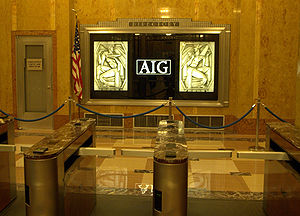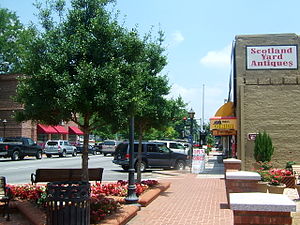Preliminary stats for Duluth, April, 2011 indicated that there were 583 properties on the market. Overall, there is about an 9.4 month supply of properties. Sales in April were 70, compared to 65 a year earlier. Oddly, this is one of the few markets to report a momth to month sales increase for April. Coupled with the decrease in inventory, that gives Duluth a strong showing for the Absorption Rate (AR).
In the Under $200k arena, there were 234 listings in Duluth, GA, with about a 7.5 month supply. The Absorption Rate as recent as December, 2009, was in the low 5s. Sales for April were up sharply this year v last year (37 v 27), and up from March (30). This segment could do really well if the current trends hold… and we have seen them holding for a couple of months (although March was the weakest since Nov, 2010).
Between $200k and $400k, there are 163 listings for sale, and about 10 months of supply. Absorption rates have similarly risen, dropped and then risen again. Sales were flat compared to April, 2010 (17). This was one of the very few segments to have inventory rise from March.
From $400k to $600k, there were 54 homes on the market. The absorption rate was around 16.2 months. Last month I wrote “Sales might not seem that strong, with only 5 units, especially compared to 8 last year, but I think the problem is with the inventory. I’ll keep looking for an increase in sales. Maybe April will show it.” April did NOT show it. Sales DIVED to just 1 unit. There were 7 last year.
In the $600k to $800k arena, there were 52 listings, with about 10.4 months of supply. Sales were 8 for April… 6 for April last year. Month to month sales doubled (8 v 4). If listings stay relatively low, this segment could continue to improve. I am looking for somewhere around 10-12 sales for May to show me this segment is coming back.
In Duluth, GA, from $800k to $1m, there were 31 homes listed and approximately 8.5 months of inventory on the market. The 3 sales recorded for April tied last year and last month. The AR actually looks better than it has in the last 18 months. I would really like to see sales increase, though. Inventory will likely go up soon.
Above $1m, there were 49 properties listed. The current absorption rate indicated about 21 months of inventory. A couple of sales at this level could have a large impact on the Absorption Rates… There were 7 sales in the Feb-Apr period this year, and 9 sales for the same time last year… but inventories are much lower, leading to a better looking AR.
Duluth, GA is a suburb of Atlanta, in the heart of Gwinnett County. It actually straddles the county line and has unincorporated portions in South Forsyth County. The population of Duluth is estimated as about 26,000 people as of 2008, but this doesn’t include unincorporated areas outside the city limits, but with a Duluth mailing address. It is also home to Sugarloaf Country Club, a PGA stop until recently. Forbes Magazine rated Duluth 26th in their nationwide survey of the best places to move, and it is one of the wealthiest parts of Georgia. It is also home to the Arena at Gwinnett Center (Home of the ECHL Gwinnett Gladiators) and the Atlanta Thrashers practice facility (the Duluth Ice Forum). There is a LONG list of celebrities and athletes that call Duluth home, largely because of the country clubs and proximity to Atlanta.
I have a page dedicated to Duluth Market Information.
Related articles
- Duluth, GA, Market Report, March 2011 (lanebailey.com)
- Duluth, GA, Market Report, February 2011 (lanebailey.com)
- Duluth, GA, Market Report, January 2011 (lanebailey.com)
- Duluth, GA, Market Report, December 2010 (lanebailey.com)
- Duluth, GA, Market Report, November 2010 (lanebailey.com)
- Duluth, GA, Market Report, October 2010 (lanebailey.com)
- Flashback Friday… Duluth, O, Duluth… (lanebailey.com)
- Is $1,000,000 Burning a Hole in Your Pocket? (lanebailey.com)









 In 2010, sales for April were at 216, so 229 sales isn’t much of an increase, year over year. But, coupled with the recent decrease in inventory, things are looking up. However, there were 239 sales in March, 2011, so that makes the 229 seem like a giant step backwards. Normally at this time of year, we are seeing healthy increases in month to month sales.
In 2010, sales for April were at 216, so 229 sales isn’t much of an increase, year over year. But, coupled with the recent decrease in inventory, things are looking up. However, there were 239 sales in March, 2011, so that makes the 229 seem like a giant step backwards. Normally at this time of year, we are seeing healthy increases in month to month sales.




